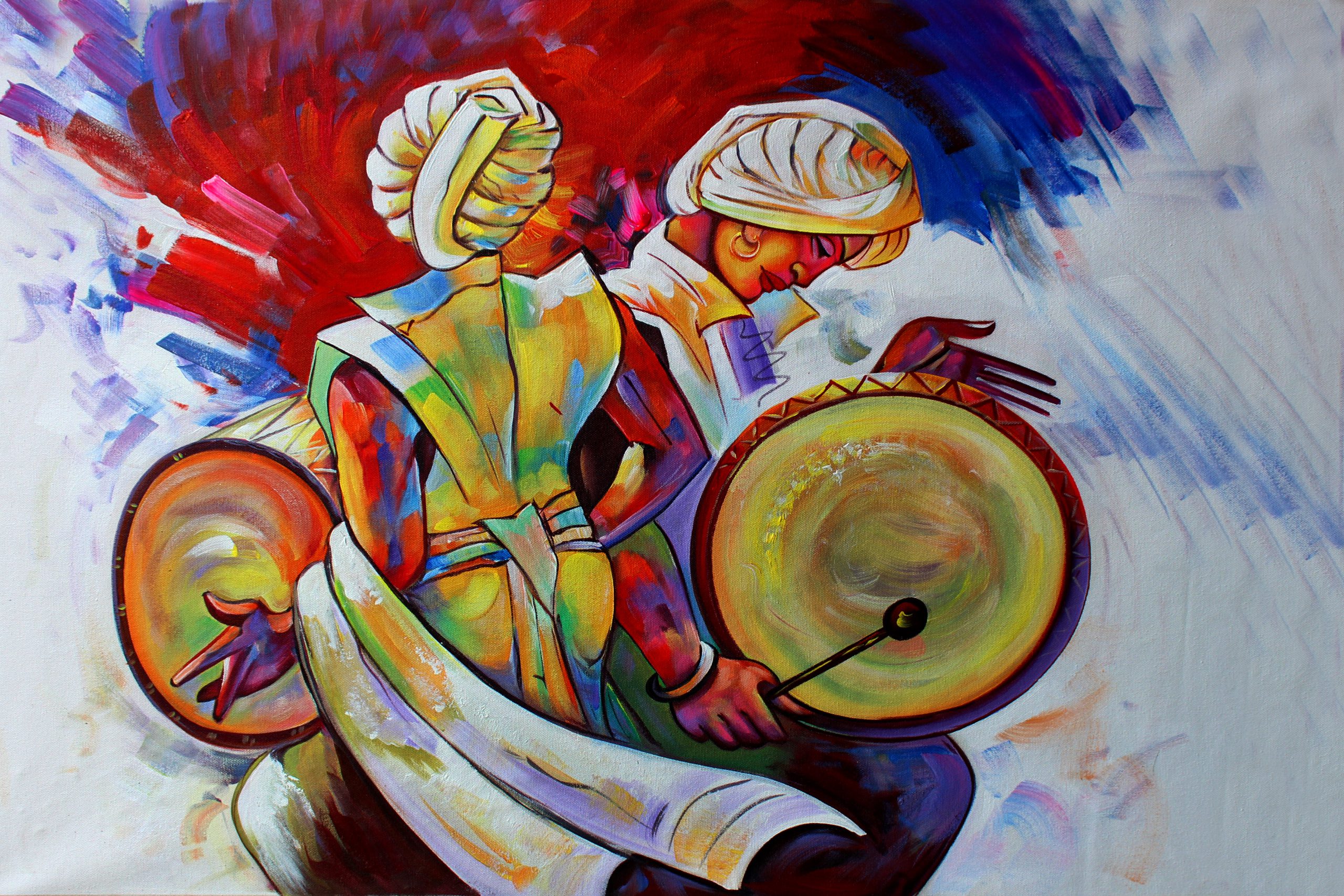
Popular film genres come and go. It happened to Westerns after dominating the industry from the 1940s to the 1960s, and now it’s happening to the superhero movies that dominated the film industry and set box office records over the last 15 years. They’re being replaced with indie films, and we have the pandemic and streaming to thank for that.
On the heels of “Avengers: Endgame” and “Wonder Woman 1984,” movie theaters shut down along with the rest of the world in 2020, and the way people watched movies and accessed new content dramatically shifted. The recent box office failures of films like “The Flash” and “Shazam: Fury of the Gods,” could hint at a changing of the guard. Why? Like a chapter in a book ending, the superhero film’s reign was over, and moviegoers and streamers found themselves in the same seat: on their own couch.
But like all stories, before we can talk about the end, we must talk about the beginning.
Comic book movies are nothing new. The niche superhero flicks of the late 1990s and early 2000s found fanfare among devoted comic book readers, or “true believers,” as Marvel powerhouse Stan Lee described. However, once Kevin Feige’s Marvel Cinematic Universe took the world by storm with the release of “Iron Man” in 2008, the product returned to drawing general audiences. Cinephiles fell in love with comic book movies because of their larger-than-life characters and overarching storylines, which offered a sense of escapism and a reflection of American cultural identity.

Characters clad in skin-tight spandex with extraordinary abilities tapped into the universal themes of heroism, morality, and the struggle between good and evil, much like Westerns decades before. Marvel’s success sparked a superhero frenzy as competitors like DC, Prime Video, and other companies fought to gain relevance in the race to record-setting box office success. These media juggernauts recognized the immense potential and audience demand for superhero content and began developing their own cinematic universes and standalone superhero films to capitalize on the sensation. Film companies created CGI popcorn event projects to justify ticket prices. As Guardian writer Steve Rose wrote, “A night at the cinema is now a big investment.” Suddenly, comic book characters weren’t only on the big screen but also in television series, merchandise, video games, and other forms of media.
Much like the medium of film, heroes can be molded to fit the story the artist is trying to tell. Nevertheless, superhero content doesn’t guarantee a profitable box office. Many argue that the abundance of superhero movies in recent years has led to oversaturation and a desire for more variety in the movie market. However, this sentiment is false. Oversaturation is not the enemy of comic book movies, but rather it is lackluster storytelling and the gatekeeping of interconnected story arcs that have led to superhero fatigue. Director James Gunn said, “I get fatigued by most spectacle films, by the grind of not having an emotionally grounded story. It doesn’t have anything to do with whether they’re superhero movies or not.”
This fatigue is not uncommon. It has been observed in other eras throughout cinematic history. The Western faced a similar challenge when it reached its peak in popularity. As the number of Western films increased, audiences started to grow bored with their formulaic and repetitive storylines, and the genre began to decline as filmmakers and audiences sought something fresh and different, making room for filmmakers like George Lucas, John Carpenter and Martin Scorsese to take center stage. The same can be said for the Hollywood Renaissance era in the mid-1960s to the early 1980s, which replaced the talkies that dominated the Golden Era of Film and substituted the movies of the Silent Era. Like the Cinéma du look of the ’80s and ’90s superseded the French New Wave, cinema is an ever-evolving medium. All fads end.
The end of this one could herald the return of the indie. After theaters closed, streaming services began paying record sums for indie content, which bolstered the number of subscribers and gave indie motion pictures the life support they needed. Netflix became the frontrunner, continually launching new projects on the platform and acquiring 26 million global subscribers. Thanks to streaming services, indie movies have gained a new audience and received public recognition, often trending on Twitter. This consumer admiration continued even after COVID-19 restrictions were lifted and movie theaters reopened.

Even studios are taking bigger risks to capture the social buzz magic that Netflix created during the pandemic with offerings like “Tiger King.” Movies have become fun again as the industry embraces the spirit of experimentation and innovative storytelling. Recent releases like “M3GAN,” “Violent Night,” “Cocaine Bear,” and “Polite Society” have captured the imagination of general audiences, emphasizing the diverse range of stories that are possible beyond the superhero feature.
An example of this audience rejuvenation is the success of “Everything Everywhere All At Once,” which was the darling of the 2022 SXSW Film Festival. An indie feature filmed in 38 days with only five VFX artists took on the mammoth task of bringing the multiverse to life. Its originality and creativity eclipsed Marvel’s attempt at the multiverse concept with “Doctor Strange and the Multiverse of Madness.” The growing public discourse surrounding these projects signaled a shift in audience preferences and a renewed sense of excitement. Monetized memes, as coined by Benjamin Lee, have played a pivotal role in garnering widespread attention. People flocked to the theater as word of mouth about “Everything Everywhere All At Once” spread across social media.
Hollywood should give the superhero franchise model a rest and embrace experimentation. They should continue to take risks with its storytelling that strikes a balance between spectacle and substance. General audiences can be entertained by visually stunning movies while also being emotionally engaged with their characters and themes.
More importantly, movies should be fun again and not feel like the job it can be to track an entire universe of comic book characters. Superheroes can alienate general audiences with their oversaturation and interconnected stories because now their respective stories are about more than just the film. You feel left out if you’re not caught up, sometimes even in mediums other than film, like comics and other tie-ins. A community cannot be created when parts of the story are missing. Only the new millennium’s indie films can revitalize the movie-watching experience.




